The US is located on several tectonic plates, so it often experiences earthquakes. That does not mean that’s something to be taken lightly. Not only are the number of earthquakes high, but some of them have had the highest magnitudes in history. So, let’s take a look at the 15 most fatal earthquakes in the US’s history.
1700 Cascadia subduction zone earthquake
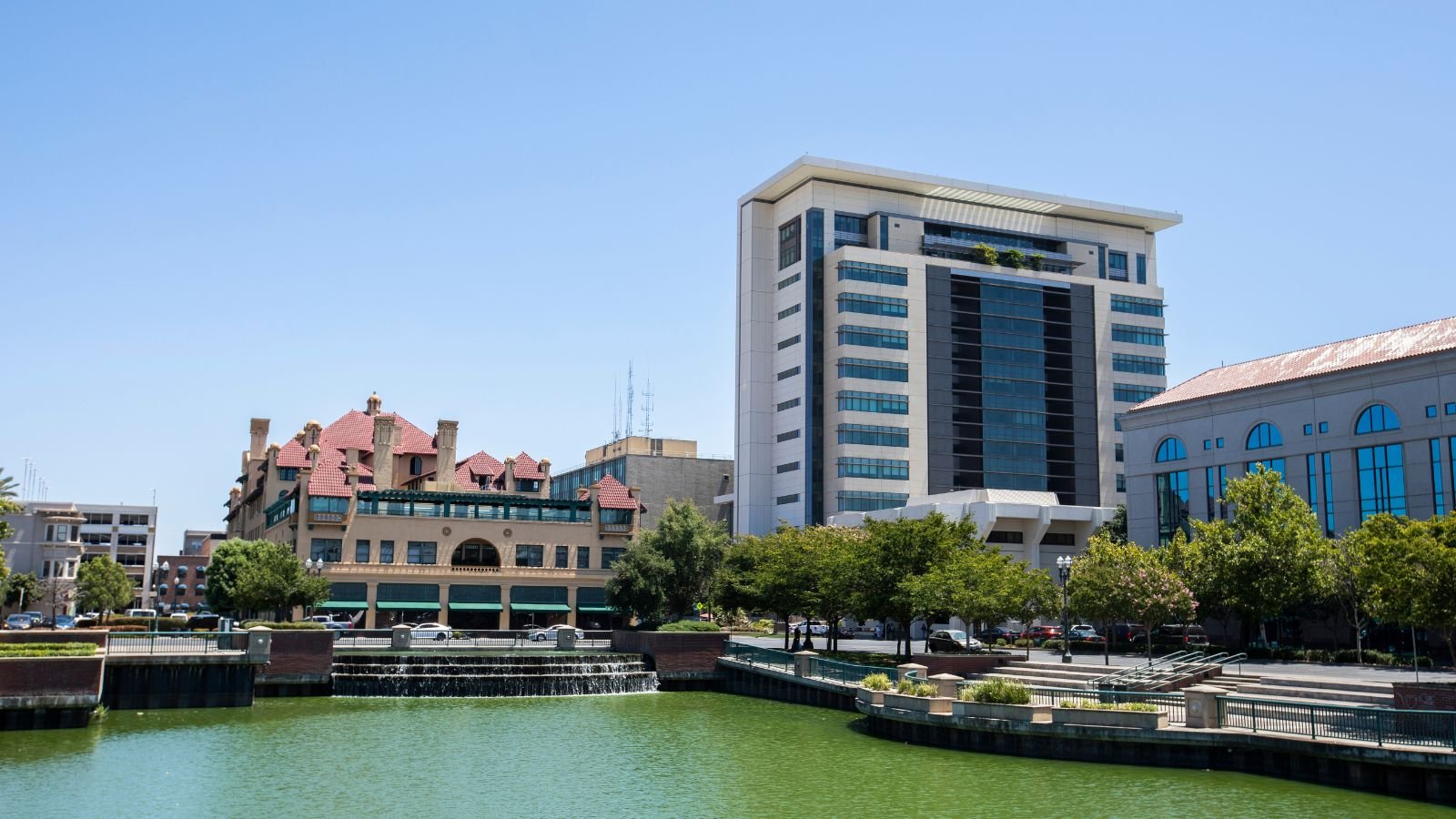
This powerful earthquake was estimated between 8.7 and 9.2 magnitude. It struck the Pacific Northwest on January 26, 1700. Unlike many earthquakes, details are limited due to the era. However, geologic evidence suggests a massive offshore rupture. The rupture triggered a destructive tsunami impacting coasts from California to Japan.
1811-1812 New Madrid earthquakes

This was a series of powerful earthquakes, estimated between 7.2 and 8.2 magnitude. It struck the New Madrid Seismic Zone along the Mississippi River. The estimated duration was from December 1811 to February 1812. The number of fatalities was unknown due to the sparsely populated area. However, the earthquakes caused significant landscape changes. It was so prominent that they were felt across a vast region, even as far as the Atlantic coast.
1857 Fort Tejon earthquake
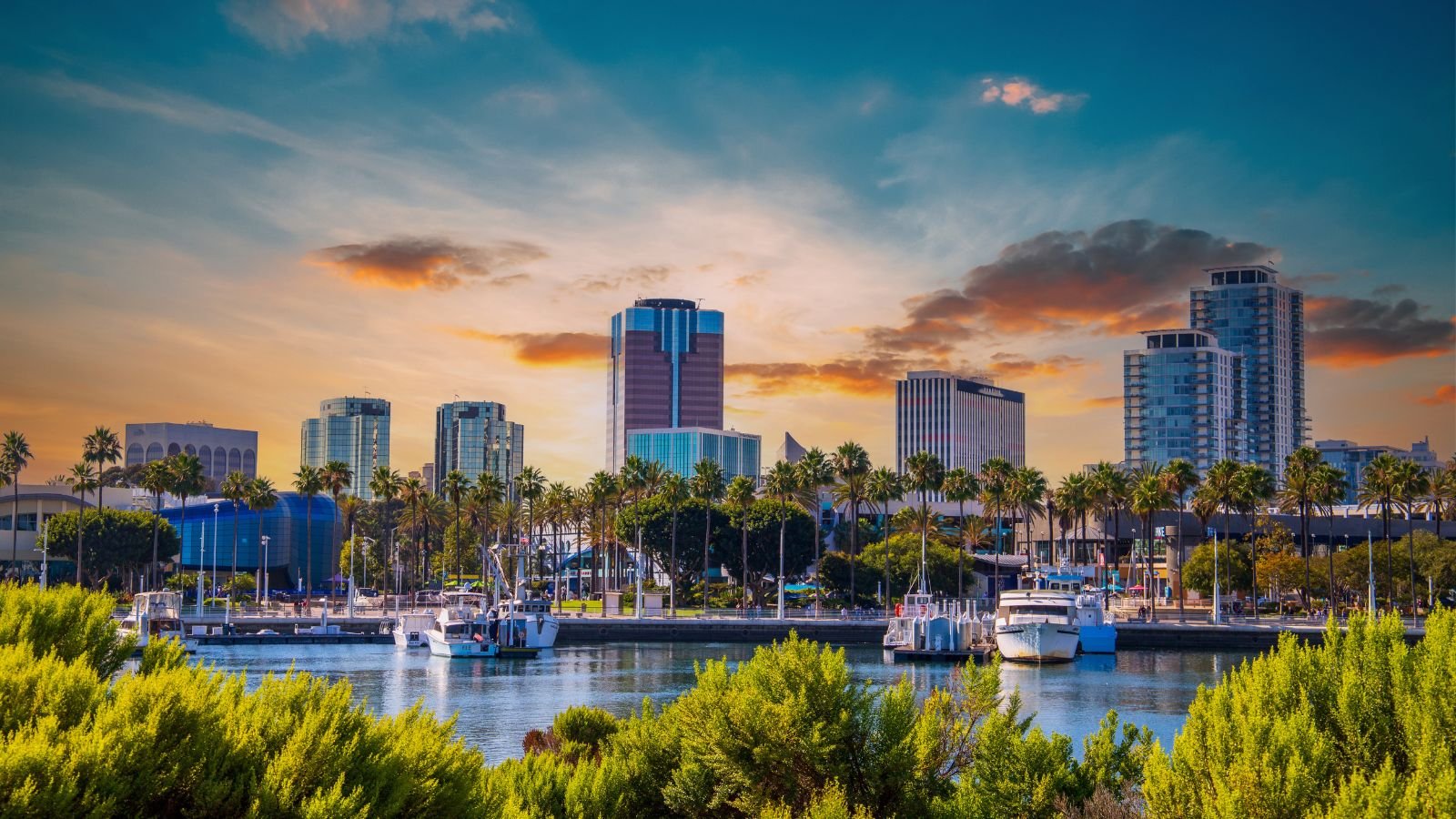
On January 9, 1857, central and southern California experienced a 7.9-magnitude earthquake centered near Fort Tejon. Not only was the magnitude high, but it lasted for quite a few minutes, naturally felt across a vast area of central and southern California. Thankfully, there was only one reported fatality. However, the earthquake caused significant property damage. It was even worse as the region had limited development at the time.
1872 Owens Valley earthquake
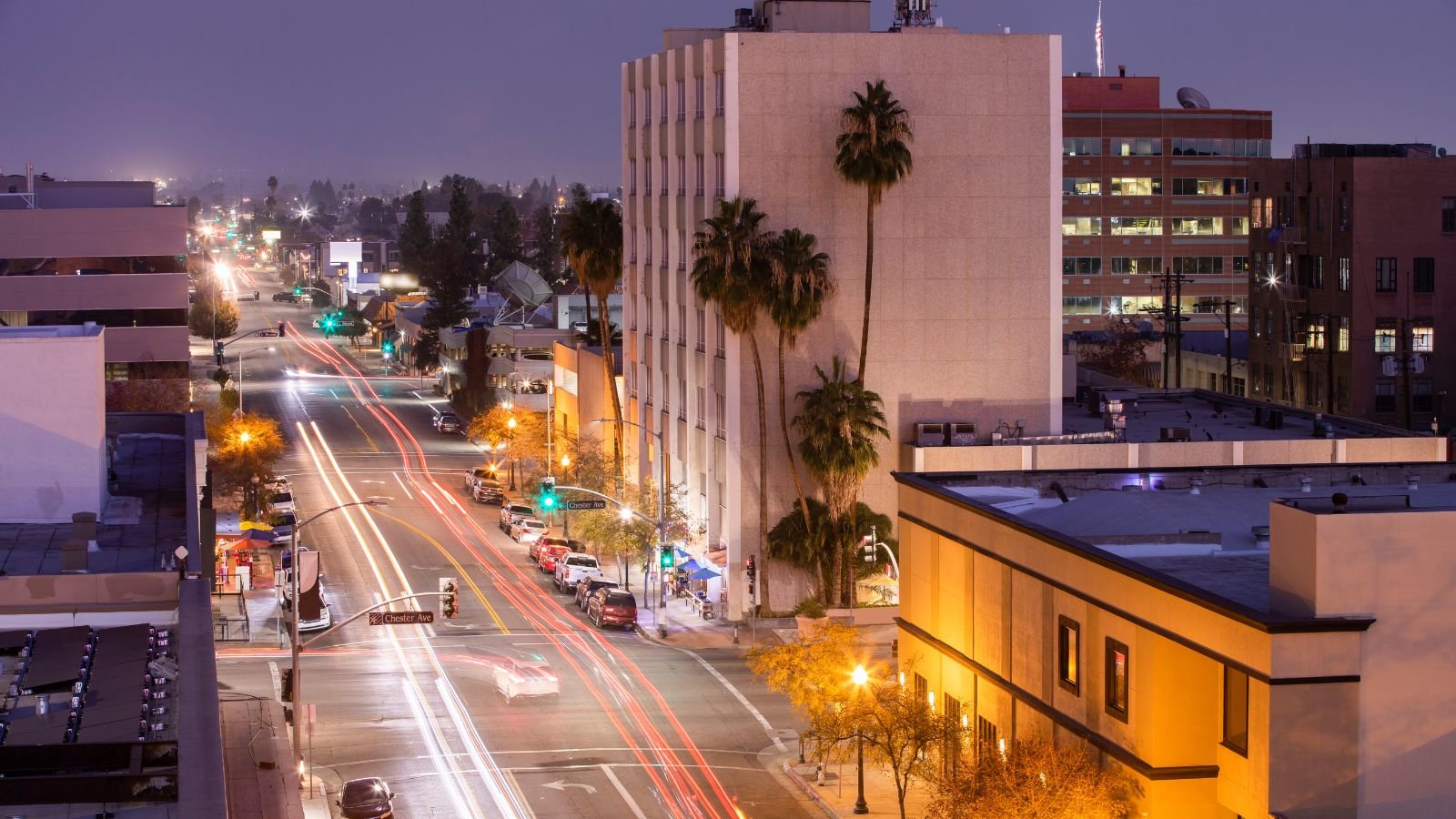
This 7.4 to 7.9 magnitude earthquake struck eastern California on March 26, 1872. This was one of the largest earthquakes that ever hit California. The epicenter was located in Owens Valley. This caused major damage and shifted the landscape. Fatalities were estimated at around 27. It was only because the region was sparsely populated. Otherwise, the death toll could have gone much higher.
1886 Charleston earthquake
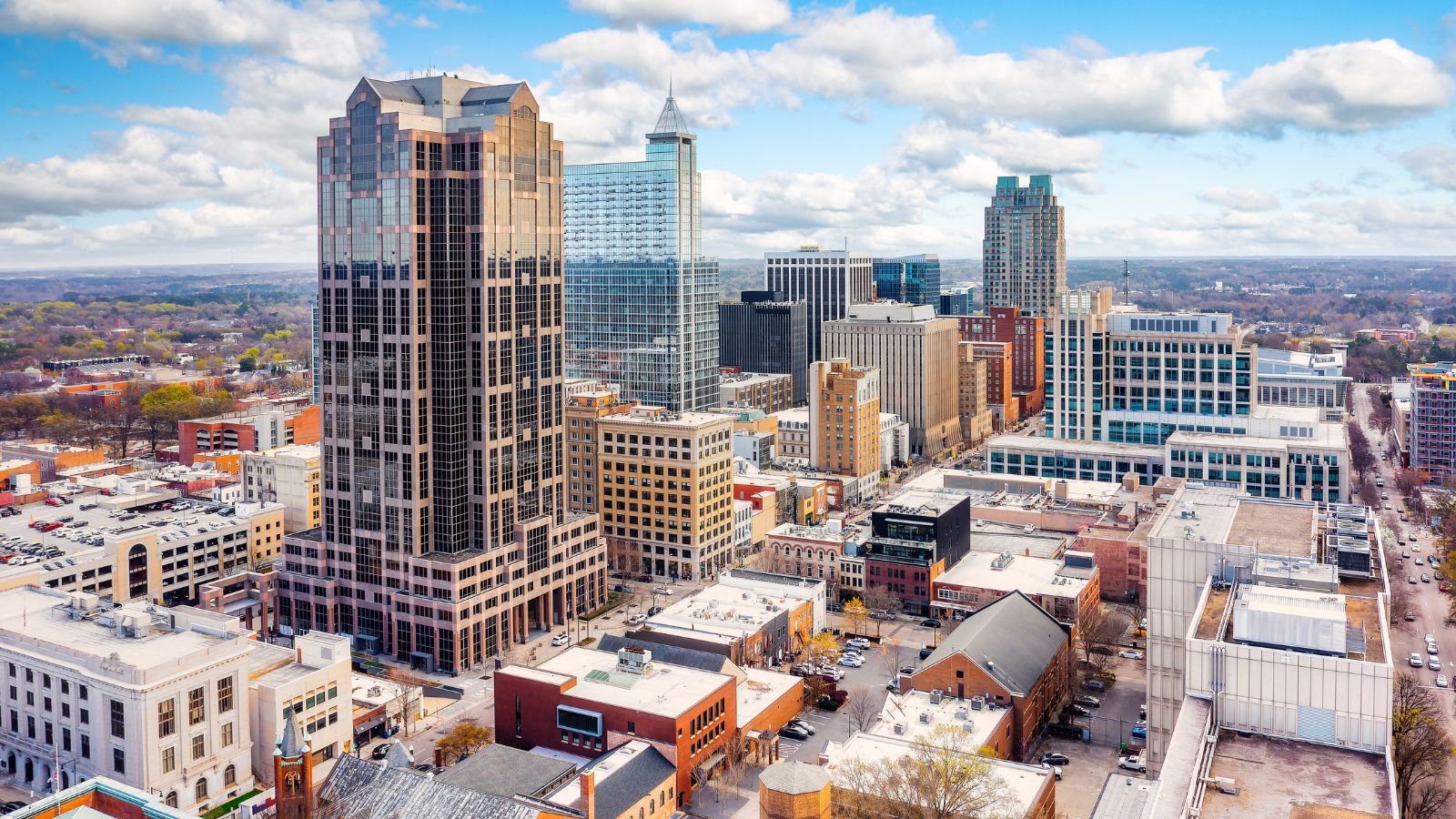
This 6.9 to 7.3 magnitude earthquake hit Carolina on August 31, 1886. It is the largest earthquake to hit the eastern US in recorded history. It struck Charleston, South Carolina, to be specific. The extents were so bad that around 60 people got killed. The region’s soft, unconsolidated soil heightened the earthquake’s effects.
1899 San Jacinto earthquake

Unfortunately, this devastating phenomenon happened on Christmas morning in Southern California. The earthquake has an estimated magnitude of 6.7. Though the magnitude wasn’t the highest, it was significantly damaging. It lasted 30 seconds, demolishing many buildings in Hemet and San Jacinto. In the Soboba Indian Reservation, six elders lost their lives.
1906 San Francisco earthquake

This 7.9 magnitude earthquake on April 18, 1906, is infamous for the fires that followed it. it was so wild that it caused damage and displaced over 300,000 people. The exact death toll remains debated, with estimates ranging from 3,000 to 6,000. It is considered one of the most significant earthquakes in US history due to its impact on a major city.
1906 Aleutian Islands earthquake
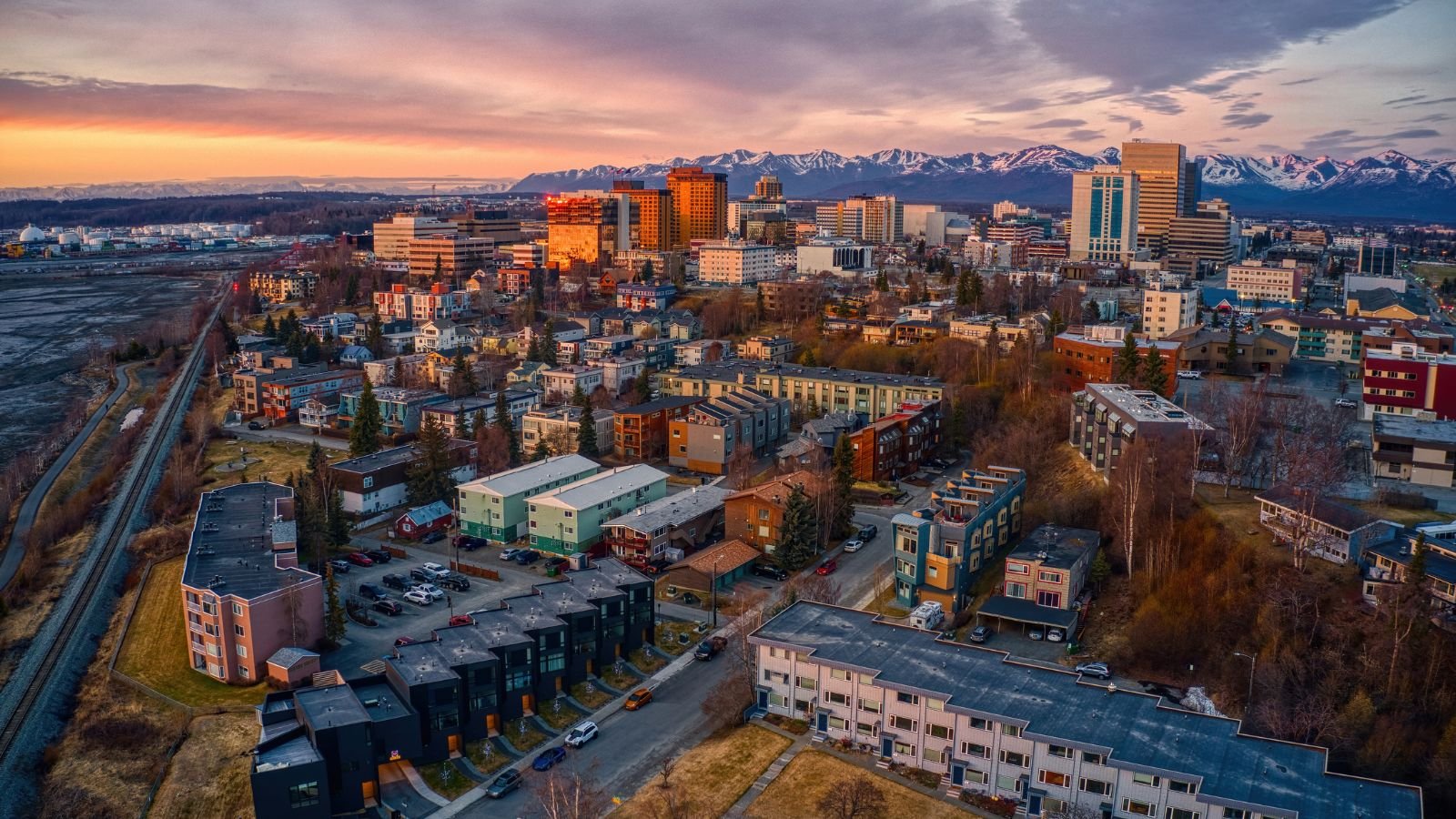
This unfortunate phenomenon happened just weeks after the San Francisco earthquake. On August 17, 1906, a powerful 8.35-magnitude earthquake struck the Aleutian Islands of Alaska. Thanks to the remote location, the damage and casualties were minimal, although it did trigger a tsunami that reached Hawaii and Japan.
1964 Alaska earthquake (Prince William Sound)

This is the strongest earthquake ever recorded in the US and the second strongest globally. It struck on March 28, 1964, with a magnitude of 9.2 on the Richter scale. The earthquake triggered a devastating tsunami. This immediately caused widespread destruction. Things could have gone worse, but the location limited fatalities to around 131.
1971 San Fernando earthquake
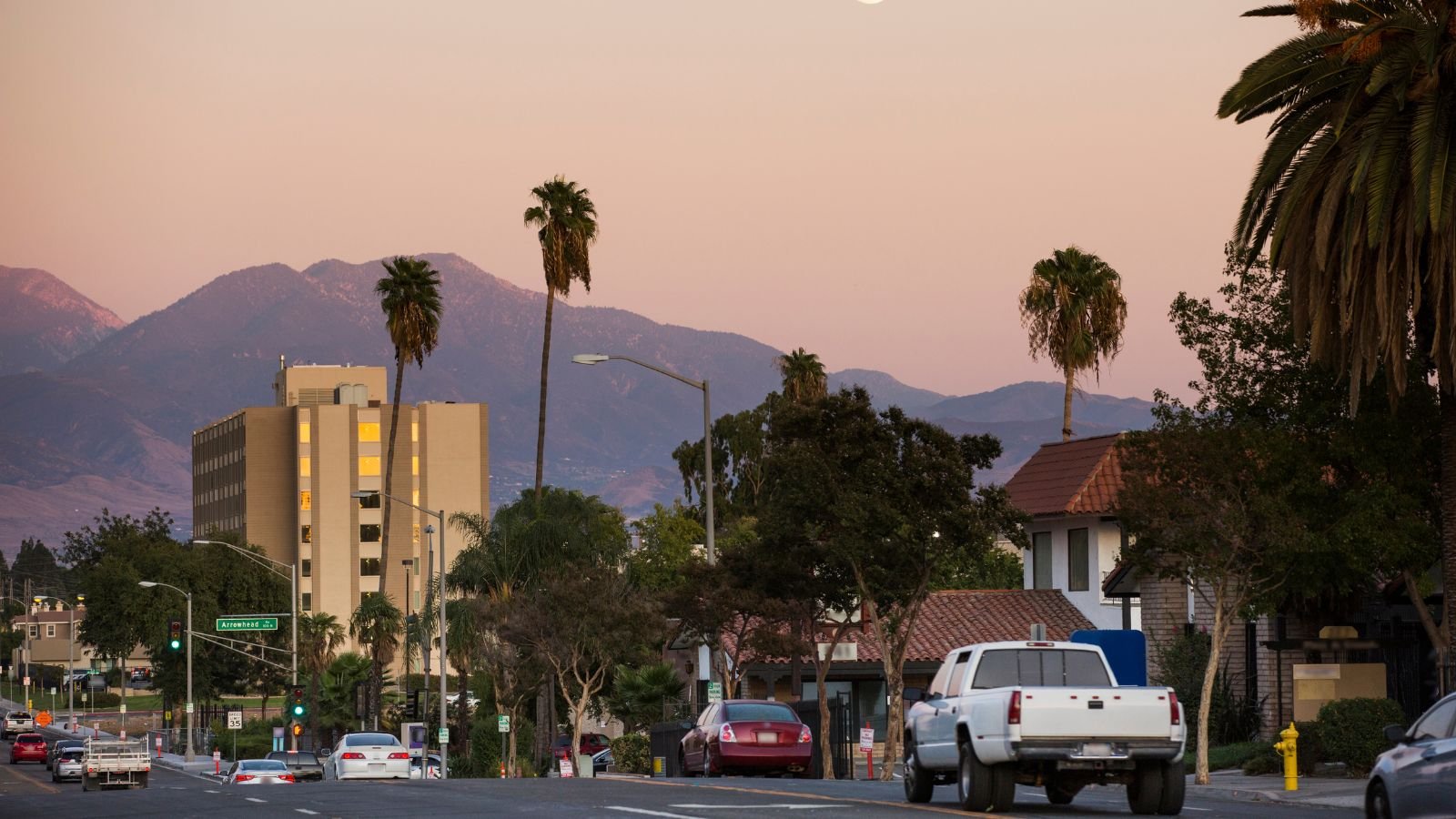
This powerful earthquake struck California on February 9, 1971. It registered a magnitude of 6.6. The temblor caused widespread damage due to its proximity to densely populated areas. The damages were severe. Sadly, over 60 people lost their lives, and thousands more were injured. This earthquake exposed vulnerabilities in existing building codes. This lead to stricter earthquake safety measures across California.
1989 Loma Prieta earthquake

This 6.9 magnitude earthquake occurred on October 17, 1989, in the San Francisco Bay Area. The epicenter was near Loma Prieta. So, the shaking caused significant damage in San Francisco and Oakland. The collapse of a section of the Cypress Freeway became a lasting image of the earthquake. Fatalities were around 63. However, the earthquake highlighted the continued risk of significant earthquakes in California.
1994 Northridge earthquake

This 6.7-magnitude earthquake struck the San Fernando Valley near Los Angeles, California, on January 17, 1994. Although it wasn’t the strongest, its proximity to populated areas caused significant damage. Over 50 people were killed, and thousands were injured.
2014 South Napa earthquake

On August 24, 2014, a 6.0-magnitude earthquake jolted South Napa, California. It also measures VII (severe) on Mercalli intensity. While the earthquake wasn’t the strongest, it caused moderate damage to the area. The damage cost anywhere between $362 million and $1 billion. The fatalities included one death and 200 injuries. Besides, several old commercial buildings in Downtown Napa endured extensive external damage.
2021 Chignik earthquake
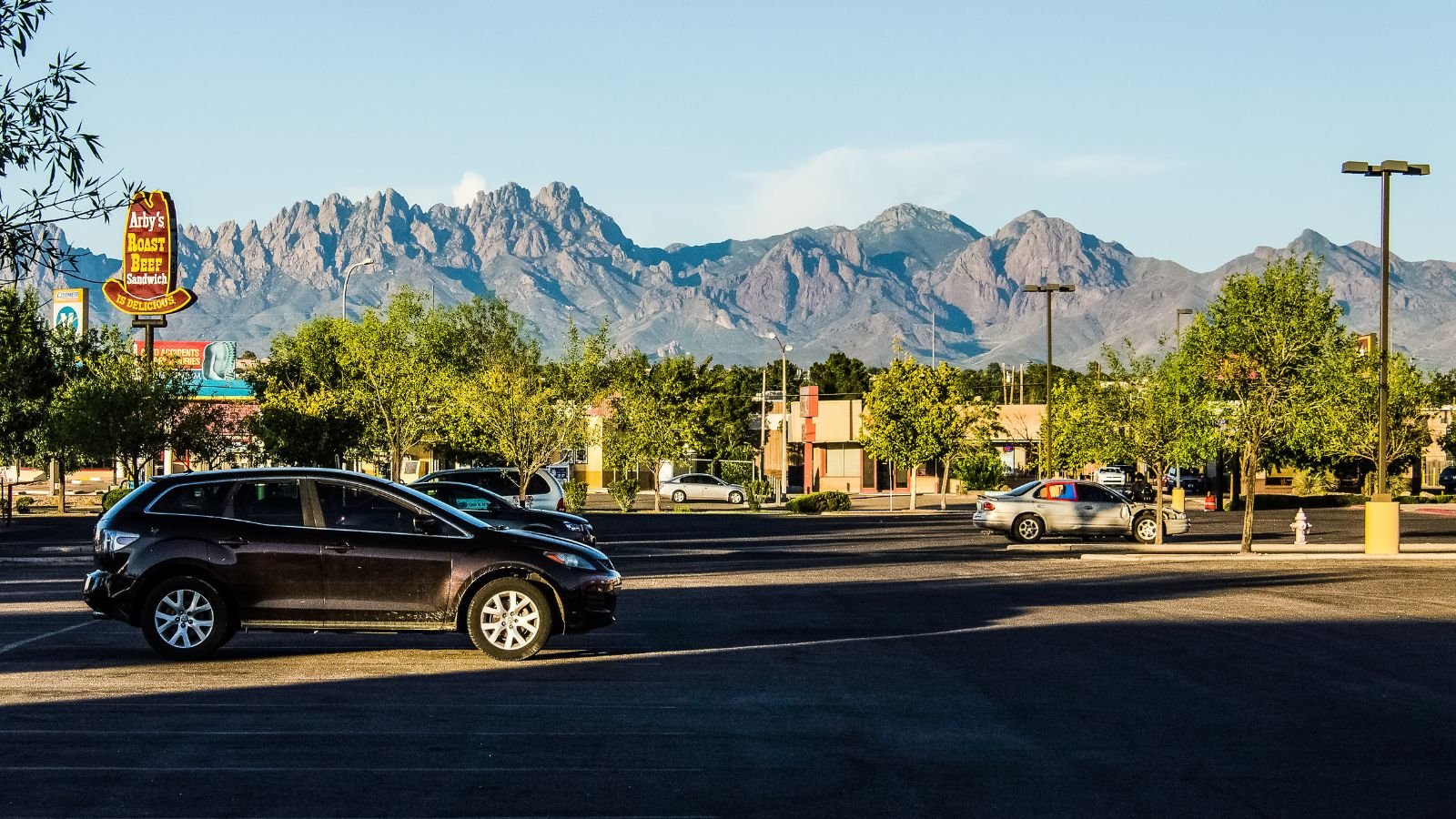
A massive earthquake measuring 8.2 on the Richter scale struck off the coast of Alaska on July 29, 2021. This ranks among the largest earthquakes ever recorded in Alaska since 1965. Even a Tsunami warning was issued for safety purposes. Luckily, due to its remote location, the earthquake caused minimal damage. Therefore, there were close to no casualties.
2022 Ferndale earthquake

A 6.4-magnitude earthquake hit the Ferndale, California, area on December 20, 2022. Unfortunately, two people died from medical emergencies caused by the earthquake. It also caused minor injuries and some damage to infrastructure.
